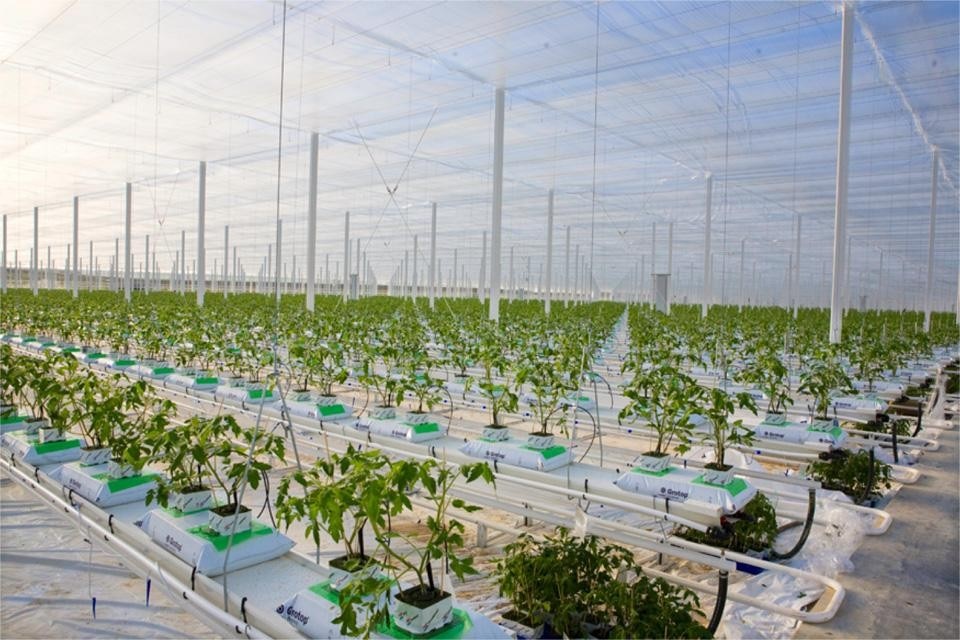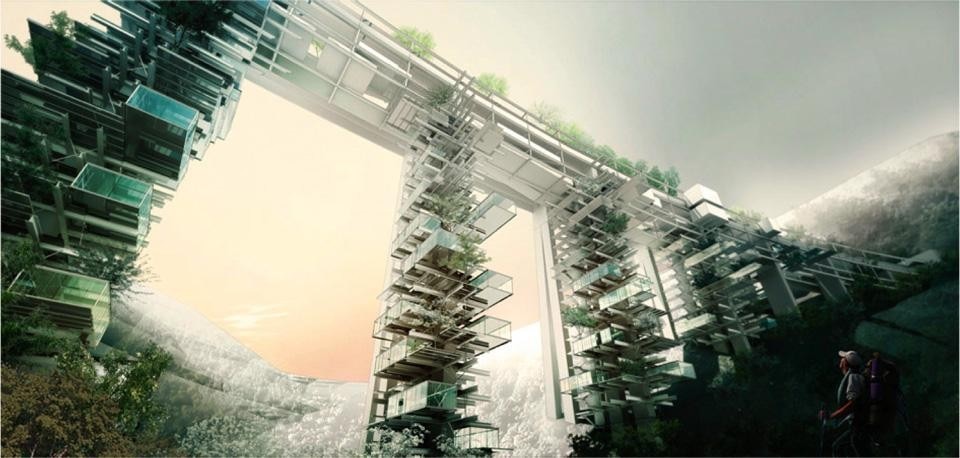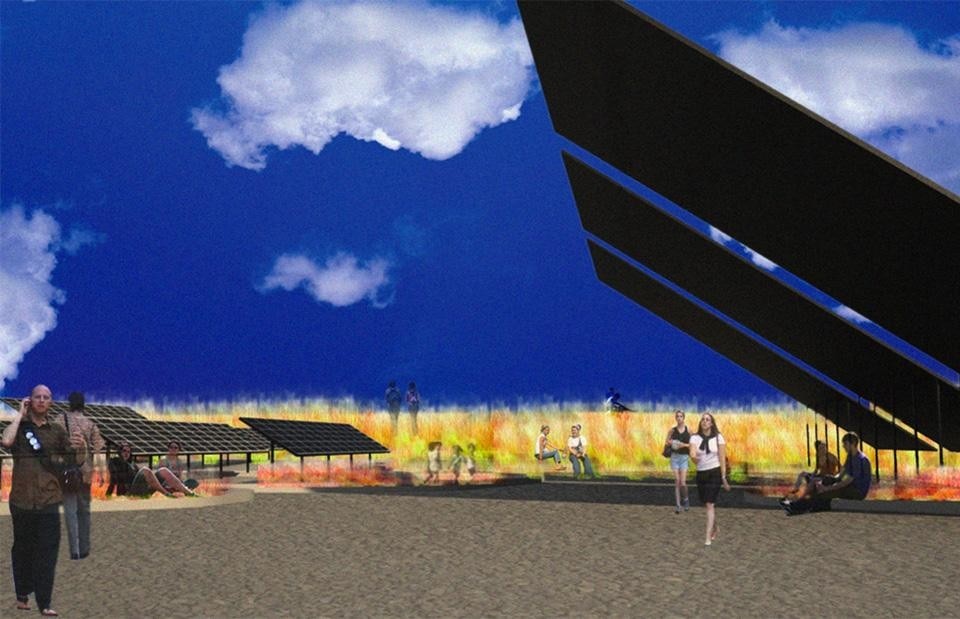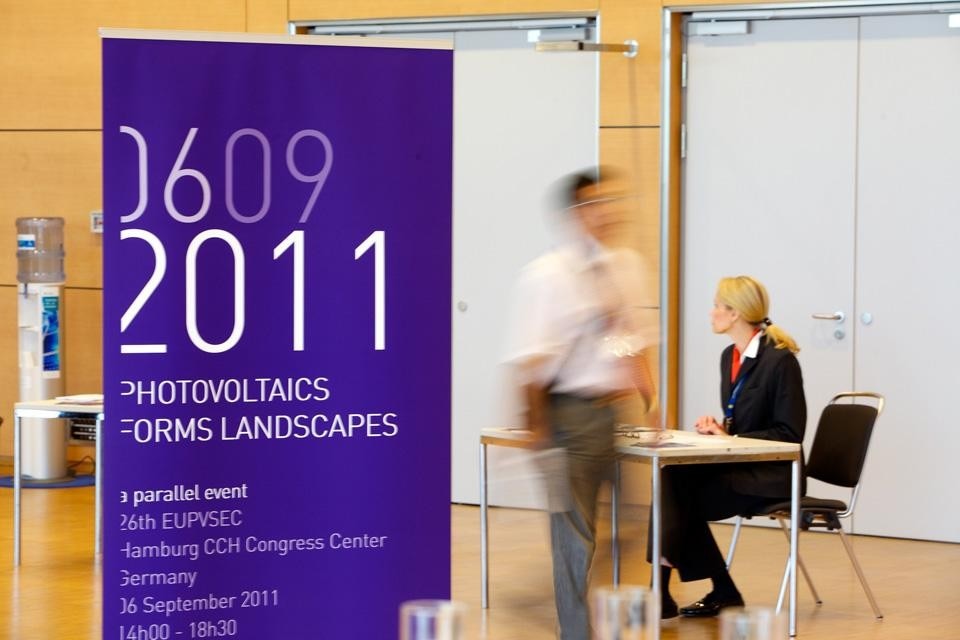The event highlights the interaction of photovoltaic systems with buildings and landscape, and will outline the vision of a transition from photovoltaic architecture into urban and non-urban landscapes and how architects take up this challenge. Registration for the event is free and can be accomplished through this online form.
In a future Zero Energy Building scenario it is considered that photovoltaic solar energy would cover the energy needs of the living space (electricity services, heating and cooling). How could buildings look like to incorporate this energy source? How would out-of-city landscapes offer opportunities to satisfy the energy-hunger?
At the moment, the traditional domain of architecture design takes into account only our surrounding physical space, which we can ultimately "categorise" and "touch". Consequently, for the net zero energy challenge, architectural design needs to foresee for each square metre of a "designed" space an additional 2,5 square metres of "energy-surfaces", which are generally neither envisioned nor designed.

The realization of the 2021-Nearly Zero Energy Buildings objective is a great challenge, but at the same instance also a unique opportunity for a new school of performative design. Energy, in fact, has a new, more than symbolic and societal meaning, that can be made visible by design beyond traditional architectural categories. It develops new visions appropriate for the needs of today. As an official event of the 27th European Photovoltaic Solar Energy Conference, the Photovoltaics, Forms, Landscapes Parallel Event is jointly organised by ENEA, ETA-Florence Renewable Energies and the European Photovoltaic Solar Energy Conference (EU PVSEC).

Address from the International Union of Architects — International Work Programme
Architecture and Renewable Energy Sources, UIA-ARES
Introduction
Heinz Ossenbrink, European Commission JRC, Ispra, Italy
The concept
Alessandra Scognamiglio, Scientific Organizer of the event, ENEA, Portici, Italy
Presentations
Nikos Fintikakis, Architect, UIA Council Member, Director of UIA-RES International Work Programme, Athens, Greece
Global Solar Building Landmarks from a UIA Perspectives
Elizabeth Monoian & Robert Ferry, Co-Principals, Land Art Generator Initiative (LAGI), New York, USA
The beauty of zero energy: The aesthetic integration of renewable energy infrastructure into the built environment
Julian Worrall, Associate Professor Architecture and Urban Studies, Waseda University, Tokyo, Japan
Photovoltaics as public space: Solar infrastructures in the post-Fukushima era
Walter Hood, Director, Hood Design Oakland; Professor, College of Environmental Design, University of California, Berkeley, USA
Power Strands
Moderator
Roberto Zancan, Domus, Milan, Italy
25 September 2012
Photovoltaics, forms, landscapes: How to use Photovoltaics for shaping nearly zero energy communities
27th European Photovoltaic Solar Energy Conference
From 13:30 to 18:00
Frankfurt, Germany



